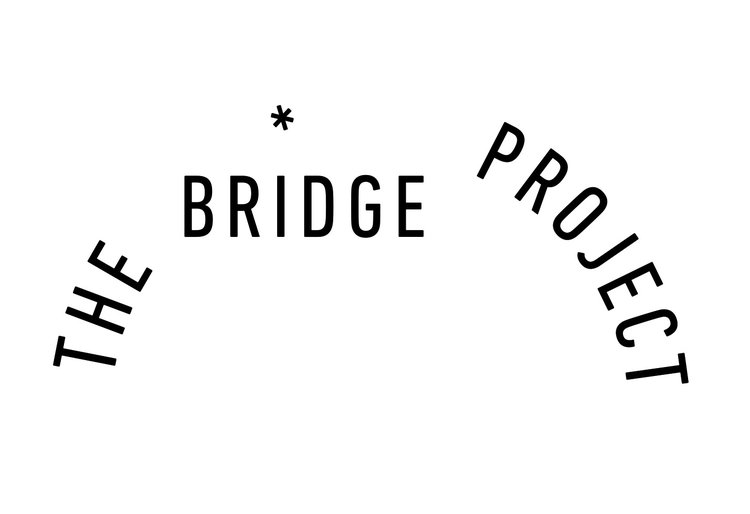Inna cymlich, Rooftop (charcoal and oil on canvas)
Guita Soifer (acrylic on wood)
Inna Cymlich (Charcoal and oil on canvas) and Guita Soifer (Engraving and paint on wood)
Guita Soifer (paint on wood and engraving)
Inna Cymlich (charcoal on canvas)
Inna Cymlich (charcoal on canvas)
Guita Soifer, mixed media
Guita Soifer, mixed media
Guita Soifer, mixed media
A MATÉRIA DA MEMÓRIA (Memory’s Matter) on view at SOMA gallery (Curitiba) from September 15th until October 27th 2018
Born before World War II, Guita Soifer and Inna Cymlich had to learn to cope with exile, absence and loss. Even having experienced the consequences and trauma of the conflict in a direct or indirect way, the artists, both self-taught, share the same urgency to fill the void with desires and resiliency, to capture life’s pulse.
In the paintings, engravings and sculptures of A Matéria da Memória, the narrative is suggested through shapes and spaces, sometimes marked with informations, sometimes free of it. Density and nuances of light and shadows refer to life moments, familiar or distant places and emotions, suspending the passage of time.
Inna Cymlich’s windows, doors and landscapes reveal the artist’s search for an always new destination, an escape. Echoing her nomadic life between Europe and the Americas after having left Russia as a child, these mental and physical spaces translate in an expressive way, the restlessness and the need of freedom that characterize the artist’s artwork and life. In the painting Façade, Cymlich reproduces the geometry and light streaks of her São Paulo apartments’ windows, stressing her attraction for the outside and the soothing busy streets. In the other artworks displayed, the choice of charcoal refers, in a similar way, to the idea of independence, expressed through a free and strong gesture, potentialized by the choice of charcoal and the superposition of vigorous strokes, creating dense blacks and bright empty areas.
The need of freedom also pervades Soifer’s artwork, opposing daily life’s coercion. Her paintings, her engravings’ loose shapes, emphasized in light landscape-like black and white sculptures, contrast with other artwork in which she refers to and appropriates domestic elements. In these works, cooking utensils and a chair covered with a visceral white paint, are used by the artist to empower herself with authority figures. Soifer’s free and insatiable curiosity and attempt to tame the weight of the obligation, transforms the ordinary and reveals an intuitive and multifaceted language.
A Matéria da Memória provides us with a visceral experience of the individual and collective history of the artists, of the dark times and of the joyful moments they went and still go through, avidly and restlessly producing, materializing memories, smells and sensations that words could not describe.
Dialoguing with the 70th birthday of the creation of Israel and occurring in a moment of crises in the world scene, the exhibition A Matéria da Memória, reminds us that life is a spiral, in perpetual movement, like our DNA, the shape of the shells, the movement of the sea and of the celestial bodies, as art that synthetize and transforms references. We come back cyclically to places that seem similar but yet are different. Maybe this could lead us to question the recurrence of intolerance and the repetition of current exclusion policies and that could help us to recognize the impermanence of standards we consider as immutable, such as the figures of the executioner, savior and victim.
In this new turn of the times, maybe art, the constant exchange that it implies, can guide us to places of more empathy, openness and dialogue, as, we are all, eventually, temporary inhabitants of the same earth.
Inna Cymlich was born in the Ural Mountains in Russia and lived a nomadic life, between various continents, before choosing São Paulo as a home base. She worked in the primitive and modern art market in New York and London, until she travelled to South America. Her art practice, relatively new, with a production of bit more of a decade dedicated to painting has been showed in group shows and solo shows of various countries, galleries, and institutions. Inna Cymlich transits between abstraction, translating emotions and places; and figuration, with powerful strokes referring to travel scenes, memories of parents, friends or artists she admires.
Guita Soifer was born in Curitiba where she lives and works. Multidisciplinary artist, her production goes from photography to painting, sculpture, engraving and video art. As highlights of the exhibitions she participated, one can mention the 13e Exhibition of Engravers (Japan, 1988), the 1st International Biennale of Asuncion (2015), the Cuba Biennale (2015), the Literary Curitiba Biennale (2016) and the Curitiba Biennale (2017).










